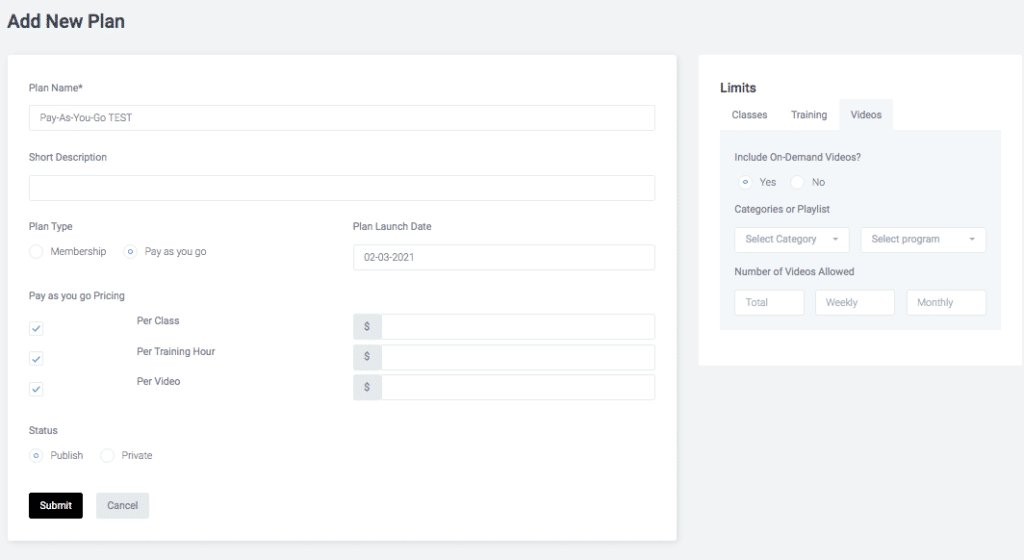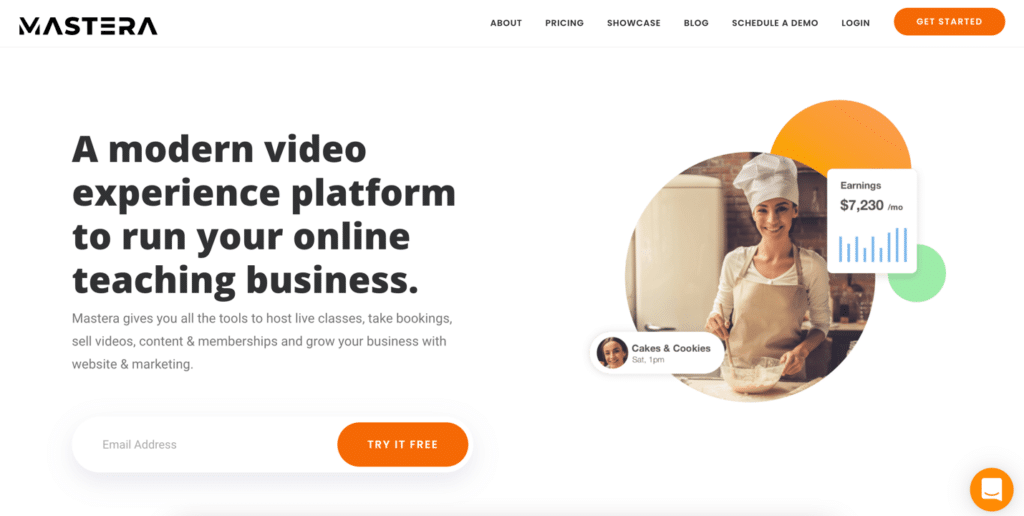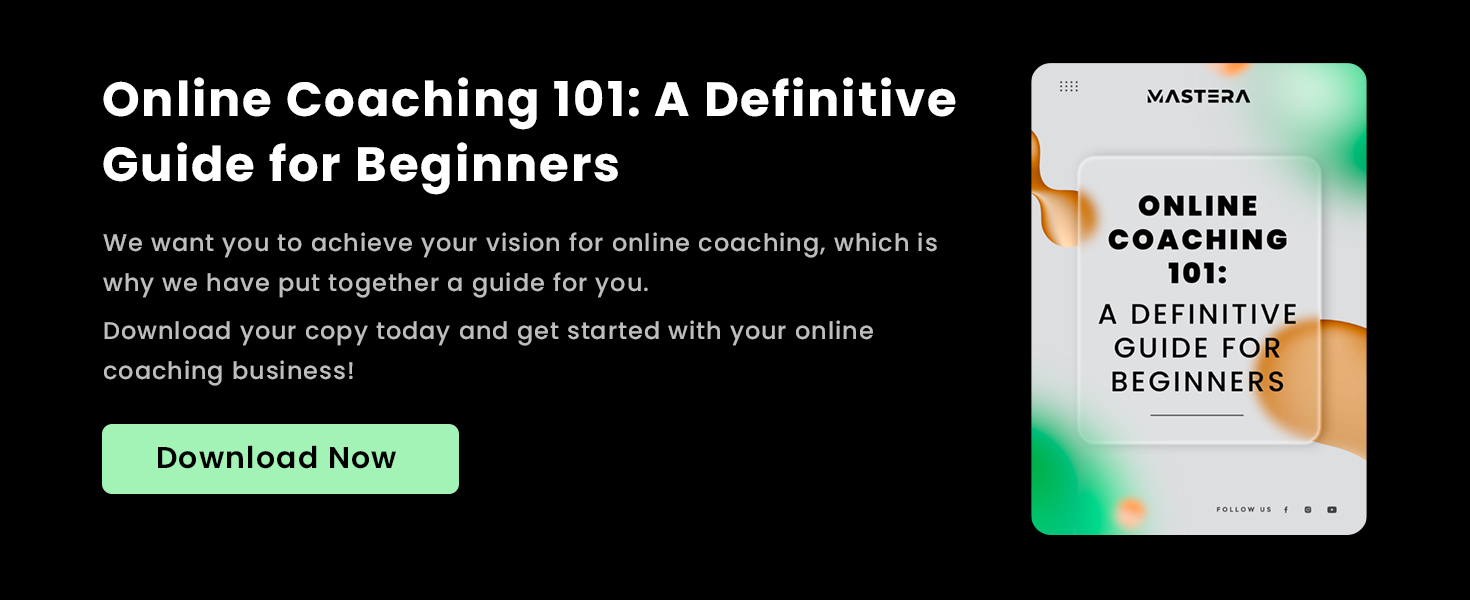Have you ever thought of sharing your talent or expertise with others through teaching online? If you have, don’t let go of that idea. Now is the time to put that idea into action.
Why?
Well, with the recent evolution of learning from in-class to online (due to the COVID-19 pandemic), people are now actively seeking out online courses. The number of students seeking and accessing online courses is now surpassing pre-pandemic numbers. According to Coursera’s 2021 Impact Report, more than 20 million new students registered for courses on Coursera in 2021.
The switch to remote work has changed the way in which students want to learn anything – whether that be a degree, a hobby, or a particular talent. The even more impressive side of online teaching and learning is that learners retain between 25% and 60% more material when learning online. That is a massive jump when compared to learning in a classroom. eLearning is also considered a faster way to learn, with students being able to learn at their own pace and reflect, re-read, or accelerate through certain materials as they need to.
So, what does this mean for teachers?
The best part of teaching online is that it is a simple yet realistic way to teach your passion and earn money from it while empowering your students worldwide.
In this article, we’ll review all there is to know about online coaching, how you can earn money from teaching online, and some of the best online teaching platforms to help you get there.
Let’s jump straight to it!
What is Online Teaching, and How Does it Work?
What is it?
Online teaching is the process of teaching a syllabus or course to students through the internet. There are a number of online teaching methods that teachers can use. Some of which include live webinars, group video calls, and one-on-one virtual classes.
How does it work?
Step 1: Get the technology
In order to put online teaching into practice effectively, you need to be equipped with a stable internet connection and a reliable computer. You should also be fairly comfortable with the use of cameras for video calls and virtual meetings, as all your classes will be online.
Step 2: Start creating online resources
Another supporting pillar for online teaching is when teachers create resources and guides as supporting learning material for their students. These materials can be anything from presentations to PDF documents and should be created by yourself.
Step 3: Sell courses and merchandise on an online learning platform
If you want to take online teaching to the next level, you should consider subscribing to an online teaching platform for teachers, where you can manage all your courses and merchandise from one online space. This way, everything is handled through one system, and you won’t have to worry about managing multiple websites, paywalls, and learning management systems.
Why Teach Online?
Teaching online benefits both the teacher and the students. Here are a few reasons why you should consider teaching online:
Flexibility
One of the most common reasons online teaching and learning has become so popular is that you have the flexibility to do it from anywhere – at any time. Some of the best online teaching platforms out there help you use different learning styles and allow you to test and discover other technologies too.
Comfortability
In-person classes are sometimes an environment where only certain students feel comfortable engaging with their teacher. In contrast, online classes make most people content and at ease (even if they are shyer or less inclined to socialize with the rest of the students and even the teacher). If students feel comfortable, teachers can make classes more engaging and interactive, which will keep students coming back for more.
Independence
For teachers, online teaching lets you be your own boss. This means that you gain a level of independence that you probably won’t have in most other jobs. Manage your own time, schedules, and students’ experiences the best way you see fit. The other joy of being an online teacher is that you can feel liberated to do what feels suitable for your learners and not have other entities guiding your path.
How Much Does an Online Teaching Job Pay?
Like any other industry, pay differs according to the type of online teaching you do. Other factors that make a difference are the academic level at which you teach and the length of time that the student has to commit to your learning program.
ZipRecruiter estimates that online teaching jobs pay approximately $21.71 per hour in the U.S. The recruitment company also reports that the online teaching industry is ‘very active’ and becoming more popular by the day.
Source: ZipRecruiter
Remember that some online teaching jobs may pay per hour, and others a flat salary. If you’re using an online teaching platform, you may be paid via the memberships that you charge to students. So, once you have a few regular members who pay you a monthly fee for your classes and content, you can expect a steady subscription income from them each month. Some online teachers also offer ‘pay-as-you-go’ plans, which allow students to pay for particular classes that they’re interested in rather than for a monthly fee.
Source: Mastera
How to Plan and Design Any Online Course
Whether you’re switching from an in-person class to online, or starting online teaching from scratch, there is an adjustment for both teachers and students.
If you feel that the medium you use conveys your message powerfully, you may need to adjust your messaging for online teaching. Remember, online learning is a newer concept that most students are still adapting to. So, if you want to embrace how to teach with high engagement and a sense of inclusiveness, take a look at our tips below to help you plan and design any online course.
Designing your curriculum effectively
You may have heard of the term ‘curriculum design’ and wondered what that meant. Essentially, as an instructor, you would need to take your teaching materials and organize the curriculum in a particular way. Generally, curriculum design will help you create a flow of your content and help students master the basics before moving to the next expertise level.
For example, if you teach yoga, you may design your course to start with a ‘Yoga for Beginners’ series that includes body stretches and body strength exercises. As the students progress, they may enter an intermediate workout series that helps them tone up and burn fat.
As you can see, curriculum design is one of the most vital aspects of planning your online course. It will allow you to:
- Define the learning goals
- Define your target audience
- Understand your time constraints
- Map out your instructional methods
- Establish your evaluation methods
Remember to add supporting learning materials after classes, which students can access at any time and read through to help reinforce the expertise you’re teaching. If you teach a particular talent like playing guitar, share some simple guitar exercises that students can practice independently. This self-paced learning method effectively makes learners feel comfortable about their progress.
Content: Adapt or replicate?
While online teaching will never replicate the same in-person session, you can adapt your content and teaching methods to suit the virtual teaching environment. For example, if you are hosting a predominantly lecture lesson, you may find that it is more challenging to keep a student’s attention virtually. In this case, you may have to adapt your lecture to be more interactive and less like a one-way lecture.
Some of this interactivity can be handled by your online teaching platform, where you can interact with students via an online chat while you’re teaching. These interactive tools help you keep the engagement up in your class. You can also upload supporting videos and resource documents to help keep your students interested and motivated.
Connecting with your students
Connecting with your students away from the classes is also a crucial step to relationship building. Using text messages to converse with them can build trust and add a personal touch to your teachings. Listening to students also helps you understand at what level they see themselves and help with any pain points they may be experiencing. Communication helps students feel more connected to their fellow students, teachers, and learning community.
How to Keep Students Connected and Engaged
Connecting via video calls isn’t always the easiest way to build relationships with your students. It can also prompt students to become bored or generally unmotivated during your classes.
So, how do you avoid this and ensure that they stay connected and engaged during online lessons? Here are five quick tips to implement as soon as you get started with online teaching!
1. Break down your content to make it digestible
Some of the best online teaching platforms help you upload multiple video files so that your course content is broken down into bite-sized chunks.
Top tip: Try to keep a faster pace during classes, but break down your learnings into small chunks – avoid lengthy text-only presentations!
2. Break down your content to make it digestible
Sometimes, online teaching may seem tougher than in-person education. But online platforms have some excellent and useful tools you can take advantage of.
Top tip: Use whiteboards, break-out sessions, and live chat to keep the interaction going. Follow-up with emails or text messages to ensure that students know you’re here to help.
3. Use inspirational stories
People need the inspiration to keep going – no matter what they’re doing or learning. By making others’ success a real concept in your students’ minds, you’ll inspire them and help them gain confidence.
Top tip: Speak about successful peers, friends, family, or role models that you know of and share their stories.
4. Make it interactive
Say goodbye to long and dense texts on a presentation slide! Also, try to stay away from a lecture-like class so that your students don’t get bored.
Top tip: Turn up the music! If you’re doing something practical like painting, keep typing in the chat, talking to everyone, and encouraging conversation. This way, people connect and engage with you and others in the class.
5. Make learners feel valued
Make your learners understand that if they miss a class, you will notice and miss them too. Feeling valued is not something people always get from in-person classes, so make sure you put effort into this online.
Top tip: Learn students’ names and use their names through your lessons. Follow up on any areas they may have struggled with, and text them to ensure that you are there to actively listen and assist if they have any questions or feedback.
The Importance of Creating New Learning Experiences
Creating online learning experiences is one thing – but creating new learning experiences is absolutely crucial to your success as an online teacher.
But can’t we just reuse content each time?
Not in 2022.
The truth is, learners are looking to apply the concepts they learn beyond your online class – and they’re looking to use it rapidly. So, they need informative, authentic, and realistic learning experiences. If they have new learning experiences, students can quickly put them into practice without having to wait for a graduation ceremony three years later.
New learning techniques and experiences also help students understand and appreciate any further information you share. If you allow them to work toward specific goals, students can see their future path and be motivated about it.
The best reason you should create new learning experiences is that it will always keep your students coming back for more. They will become more comfortable with social-based learning and working collaboratively online. Learners are then empowered to practice what you’ve taught and hopefully share that knowledge with others (and bring you more members) – what’s not to love?
A Look into Our First-class Online Teaching Platform: Mastera
So, if you’re ready to start your online teaching business – consider a modern and interactive video experience platform like Mastera to help you run it. Let students sign up monthly or on a pay-as-you-go basis for your content. They can then log on for your classes and find supporting resource documentation available. Mastera integrates with Zoom, so all your online lessons have interactive chat features and stable live streaming.
The platform is a contract-free, easy-to-use dashboard that gets your online teaching business up and running in minutes. Book a demo with our team to better understand our features and plans, so you can focus on earning money from your passion.
Online Teaching Platforms for Teachers: In Summary
Online teachers are a blessing to anyone that wants to learn worldwide. It gives teachers the opportunity to teach using group video calls, one-on-one sessions, or pre-scheduled classes.
In a nutshell, online teaching is an excellent way to work from home and earn a decent salary. Another great way to teach online is to do so part-time as a second source of income.
No matter which way you choose, online teaching can be a fantastic option for you!
All you need is a top online teaching platform to help you along the way. And at Mastera, we’ve got you covered. We can assist you with setting up your online school and uploading all your course material. If you’re unsure, sign up for a free trial in minutes and discover a plethora of features available to you. We wish you the best in your online coaching endeavors! If you have any questions, don’t hesitate to reach out to our team at Mastera.














